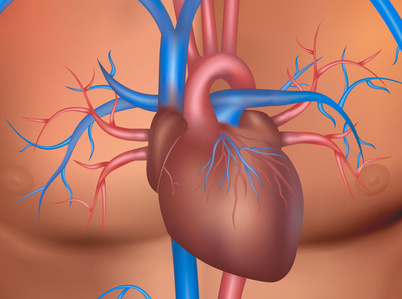While still lacking large-scale randomized trials, evidence is slowly building for transcatheter tricuspid valve repair. This work, presented at the TCT 2019 Congress and simultaneously published in JACC, shows that transcatheter tricuspid valve repair is not only feasible, but also likely to reduce the rates of mortality and heart failure rehospitalization compared with medical therapy alone.

The TriValve (Transcatheter Tricuspid Valve Therapies) Registry included 472 patients from 22 sites in Europe and North America who underwent transcatheter tricuspid valve repair between 2016 and 2018. The control cohort consisted of two large retrospective registries that included patients with moderate to worse tricuspid regurgitation who were managed with medical treatment (n = 1179). Patients were compared using propensity score matching (variables included age, Euroscore II, systolic pulmonary artery pressure, and others). The primary endpoint was all-cause mortality and heart failure rehospitalization, or a combination of both.
Read also: Major Bleeding in Patients with Aspirin Plus Rivaroxaban.
Propensity score matching resulted in 268 patients in each arm, with identical baseline characteristics. Compared with controls, patients who underwent transcatheter tricuspid valve repair had lower rates of mortality (23 ± 3% vs. 36 ± 3%, p = 0.001), rehospitalization (26 ± 3% vs. 47 ± 3%, p < 0.0001), and both combined (32 ± 4% vs. 49 ± 3%, p = 0.0003).
All of this remained significant after adjusting for sex, New York Heart Association functional class, right ventricular function, atrial fibrillation, mitral regurgitation, etc.
Conclusion
In this propensity matched case-control study, transcatheter tricuspid valve repair was associated with a reduction in mortality and heart failure hospitalizations compared with medical therapy alone. We need randomized trials confirming these results.
Original title: Transcatheter versus medical treatment of symptomatic severe tricuspid regurgitation.
Reference: Maurizio Taramasso et al. J Am Coll Cardiol. 2019. Epub ahead of print.
Get the latest scientific articles on interventional cardiologySubscribe to our weekly newsletter
We are interested in your opinion. Please, leave your comments, thoughts, questions, etc., below. They will be most welcome.





